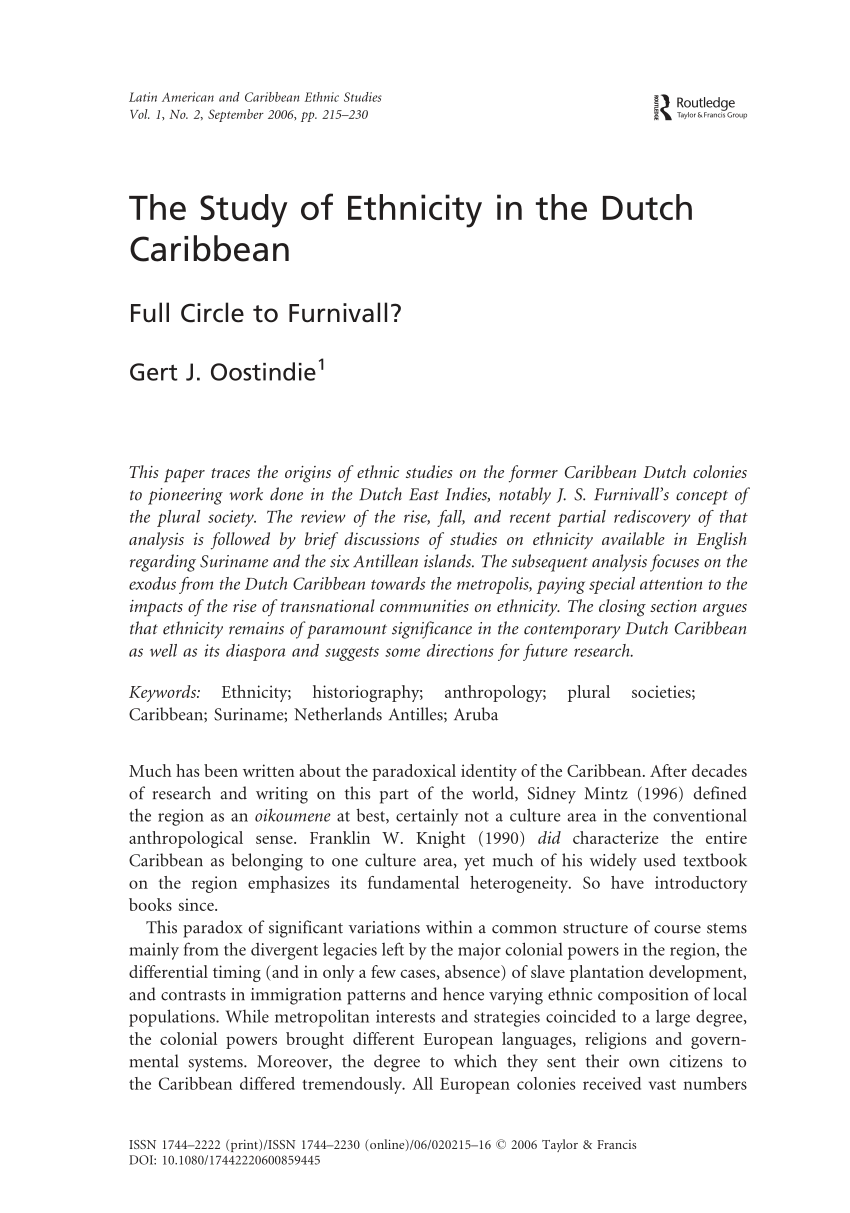So, have you ever wondered about the influence of Caribbean culture on Suriname? It’s a fascinating topic, isn’t it? Well, you’re in the right place because we’re going to dive deep into this subject and explore the various ways in which Caribbean culture has shaped Suriname.
Now, Suriname is a small country located on the northeastern coast of South America. It’s known for its diverse population, with people of different ethnic backgrounds and cultures coexisting harmoniously. One of the major influences on Suriname’s culture comes from its Caribbean neighbors. The proximity and historical connections have played a significant role in shaping Suriname’s traditions, customs, and way of life.
From the way people speak and dress to the types of music and cuisine popular in the country, the Caribbean has undeniably left its mark on Suriname. The influx of Caribbean migrants throughout history has resulted in a rich blend of cultures that is unique to Suriname. In this article, we’ll explore the specific aspects of Caribbean culture that have had the most significant impact on Suriname, and how they have contributed to the country’s vibrant and diverse identity. So, if you’re curious to learn more about this fascinating topic, keep reading!
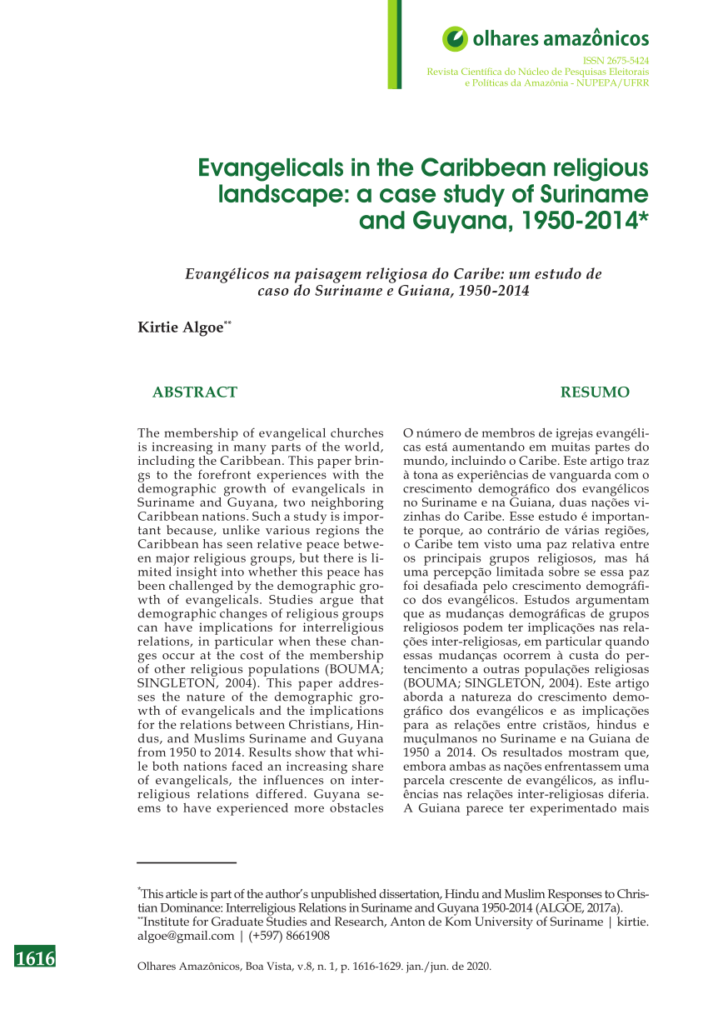
Historical Background
Suriname, a small country located on the northeastern coast of South America, has a rich and diverse cultural heritage that has been shaped by various historical factors. One significant aspect of Suriname’s cultural identity is the influence of Caribbean culture, which has played a crucial role in shaping the country’s traditions, language, religion, art, music, cuisine, festivals, social customs, etiquette, education, sports, architecture, fashion, and economy.
Colonization and Cultural Assimilation
Suriname’s history is marked by colonization, as it was first colonized by the British in the 17th century, followed by the Dutch in the 18th century. This period of colonization greatly influenced the cultural assimilation that took place in the country. The British brought with them their own traditions, language, and social norms, which eventually became part of the Surinamese cultural fabric.
Indigenous Traditions and African Influences
Prior to colonization, Suriname was inhabited by Indigenous peoples who had their own rich traditions and cultural practices. These indigenous traditions have been preserved and continue to play a significant role in Surinamese culture. Additionally, the transatlantic slave trade resulted in the forced migration of Africans to Suriname, bringing along their own cultural heritage. This African influence is particularly notable in Surinamese music, dance, and religious practices.
Language and Communication
Linguistic diversity is a prominent feature of Surinamese society, with various languages spoken throughout the country. However, the most widely spoken language is Surinamese Creole, a creole language that originated from the mixing of African and European languages during the colonial era. The Creole language is heavily influenced by Caribbean English dialects, especially those of the British and the nearby English-speaking Caribbean islands.
Creole languages in Suriname
Surinamese Creole, also known as Sranan Tongo, is the most widely spoken creole language in Suriname. It is a unique blend of English, Dutch, Portuguese, and various West African languages. The language developed as a means of communication among the diverse populations of Suriname during the colonial period. Sranan Tongo has become an integral part of Surinamese identity and is spoken by people from all walks of life.
Influence of Caribbean English dialects
The influence of Caribbean English dialects on the Surinamese language cannot be overstated. Due to the historical ties and geographical proximity to the Caribbean islands, Suriname has adopted many linguistic features from Caribbean English dialects. This influence is particularly evident in the vocabulary, pronunciation, and intonation patterns used by Surinamese speakers. It has added a distinct Caribbean flavor to the Surinamese language.
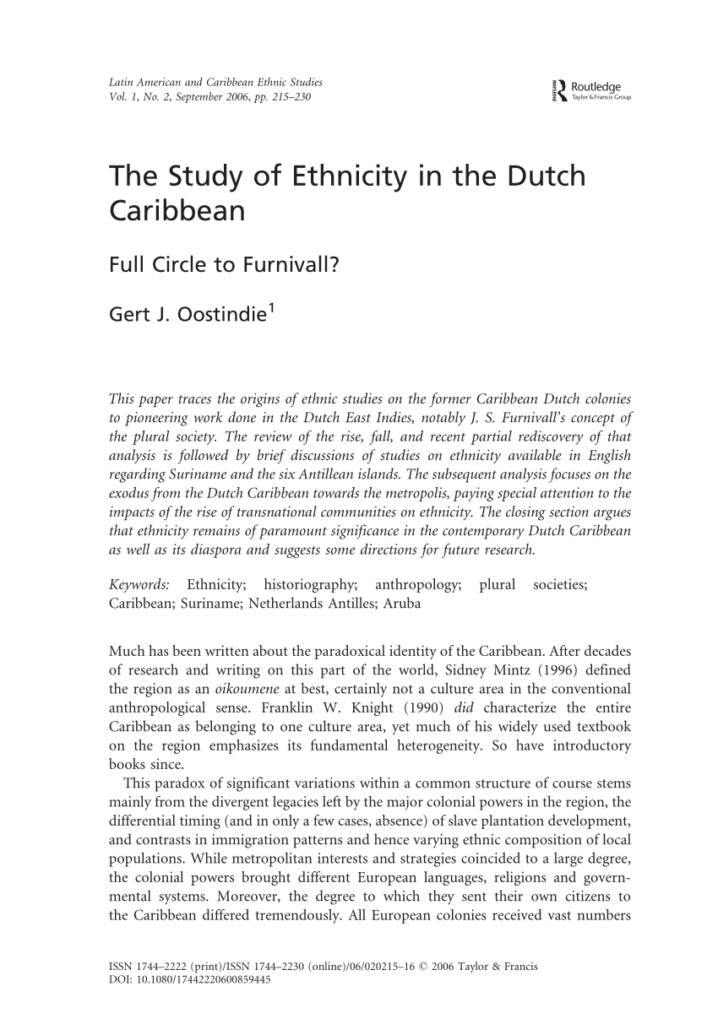
Religion and Beliefs
Religion plays a significant role in the lives of Surinamese people, and it is another aspect of culture that has been influenced by Caribbean traditions. Suriname is a religiously diverse country, with Christianity being the predominant religion. However, Afro-Caribbean religions, such as Winti and Obeah, have also had a profound impact on Surinamese religious practices.
Christianity in Suriname
Christianity was introduced to Suriname by the European colonizers, and it remains the largest religious group in the country. The influence of Caribbean Christianity, specifically Protestantism, can be seen in Surinamese religious rituals, hymns, and church architecture. Christianity has also influenced the moral values and social norms of Surinamese society.
Influence of Afro-Caribbean religions
Afro-Caribbean religions, such as Winti and Obeah, have their roots in African spiritual traditions and have been practiced in Suriname for centuries. These religions involve the worship of ancestors, belief in nature spirits, and the use of herbal medicines for healing. Their influence on Surinamese culture is particularly evident during traditional ceremonies, dance performances, and music events.
Art and Music
Suriname boasts a vibrant artistic and musical scene, which reflects the influence of both its indigenous and Caribbean heritage. Traditional Surinamese art forms and music genres have evolved over time through the blending of various cultural influences.
Traditional art forms in Suriname
Surinamese art has a rich tradition that encompasses various forms, including visual arts, woodcarving, pottery, and weaving. Indigenous art forms, such as petroglyphs and paintings, highlight the connection between nature and spirituality. The influence of Caribbean art is evident in the vibrant colors, intricate patterns, and use of recycled materials that are commonly seen in Surinamese artwork.
Influence of Caribbean music genres
Music holds a central place in Surinamese culture, and Caribbean music genres have greatly influenced Surinamese music. Calypso, reggae, soca, and zouk are all popular music genres in Suriname, and they have become an integral part of the country’s musical landscape. Caribbean rhythms, melodies, and dance styles can be heard and seen at festivals, parties, and music performances throughout Suriname.
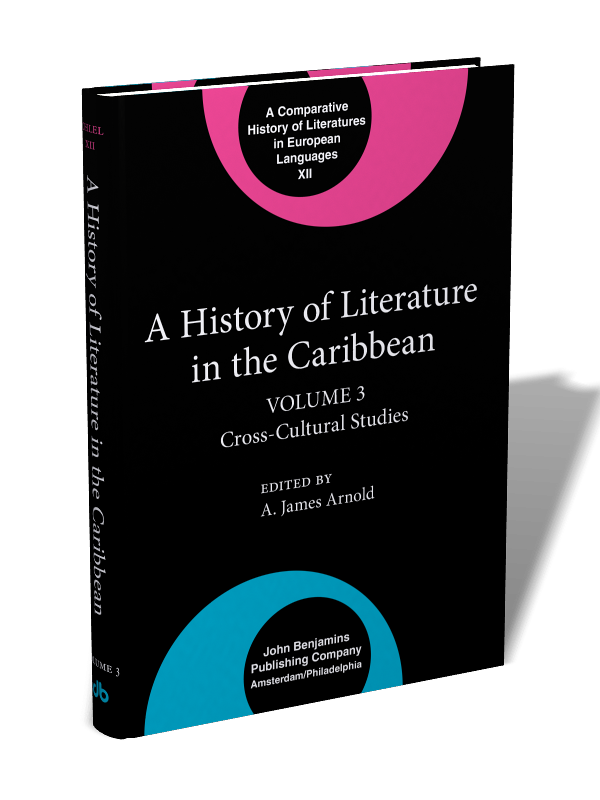
Culinary Traditions
Surinamese cuisine is a fusion of various culinary traditions, with influences from Caribbean, Indian, Indonesian, Chinese, and Dutch cuisines. The presence of Caribbean flavors and ingredients is particularly pronounced in Surinamese dishes, adding a unique and distinctive taste to the local cuisine.
Traditional Surinamese cuisine
Surinamese cuisine is characterized by its diversity and the use of fresh, locally sourced ingredients. Traditional dishes include roti, pom, bami, and saoto soup, which are all influenced by the country’s multicultural heritage. The use of spices, such as turmeric, cumin, and ginger, is reminiscent of Caribbean cooking styles.
Influence of Caribbean flavors and ingredients
The influence of Caribbean cuisine on Surinamese cooking can be seen in the use of tropical fruits, such as mangoes and coconuts, as well as staple ingredients like plantains, yams, and cassava. The combination of these Caribbean flavors and ingredients with Surinamese cooking techniques creates a distinct culinary experience that is beloved by locals and visitors alike.
Festivals and Celebrations
Suriname is known for its vibrant and lively festivals, many of which have been influenced by Caribbean carnival traditions. These celebrations bring people together to showcase their cultural heritage through music, dance, food, and elaborate costumes.
Surinamese cultural festivals
Suriname hosts a wide range of cultural festivals throughout the year, each celebrating a different aspect of Surinamese identity. The Keti Koti Festival, which commemorates the abolition of slavery, is one of the most important cultural events in Suriname. Other festivals, such as the Suriname Jazz Festival and the Maroon Day celebrations, showcase the country’s music, dance, and cultural diversity.
Influence of Caribbean carnival traditions
Carnival is a major cultural event in the Caribbean, and its influence can be seen in Suriname’s carnival celebrations. The vibrant costumes, energetic music, and elaborate parades that are synonymous with Caribbean carnival traditions have been embraced by Surinamese communities. Suriname’s carnival celebrations, such as the Paramaribo Carnival, attract both locals and tourists who revel in the festive atmosphere and the pulsating rhythms of Caribbean music.

Social Customs and Traditions
Surinamese society is characterized by its strong sense of community and the importance placed on family and social relationships. Many of Suriname’s social customs and traditions have been influenced by Caribbean social norms, particularly those of the English-speaking Caribbean islands.
Family structures in Suriname
The concept of family is highly valued in Suriname, and it extends beyond immediate family members to include extended relatives and close friends. The influence of Caribbean social norms can be seen in the emphasis on communal living and the importance placed on maintaining strong family ties. Family gatherings, such as Sunday brunches and holiday celebrations, are common occurrences in Surinamese culture.
Influence of Caribbean social norms
Caribbean social norms, such as respect for elders, communal living, and a strong sense of community, have had a profound impact on Surinamese society. These values are reflected in the way Surinamese people interact with one another, the importance given to social gatherings, and the emphasis on providing support and assistance to family and community members in times of need.
Etiquette and Communication
Etiquette and communication styles in Suriname are influenced by a mix of indigenous, Caribbean, and Western cultural practices. The way people greet one another and express themselves is shaped by these various influences.
Greetings and gestures in Suriname
In Suriname, greetings are an important part of everyday interactions. Handshakes are the most common form of greeting, although close friends and family members may exchange hugs or kisses on the cheek. The use of gestures, such as pointing with the lips or the chin, is also common and is influenced by Caribbean social customs.
Influence of Caribbean communication styles
Surinamese communication styles have been influenced by the Caribbean emphasis on warmth, hospitality, and friendliness. Surinamese people are generally polite and respectful in their interactions, often using pleasantries and engaging in small talk. This Caribbean influence can also be seen in the use of expressive body language and the tendency to express emotions openly.
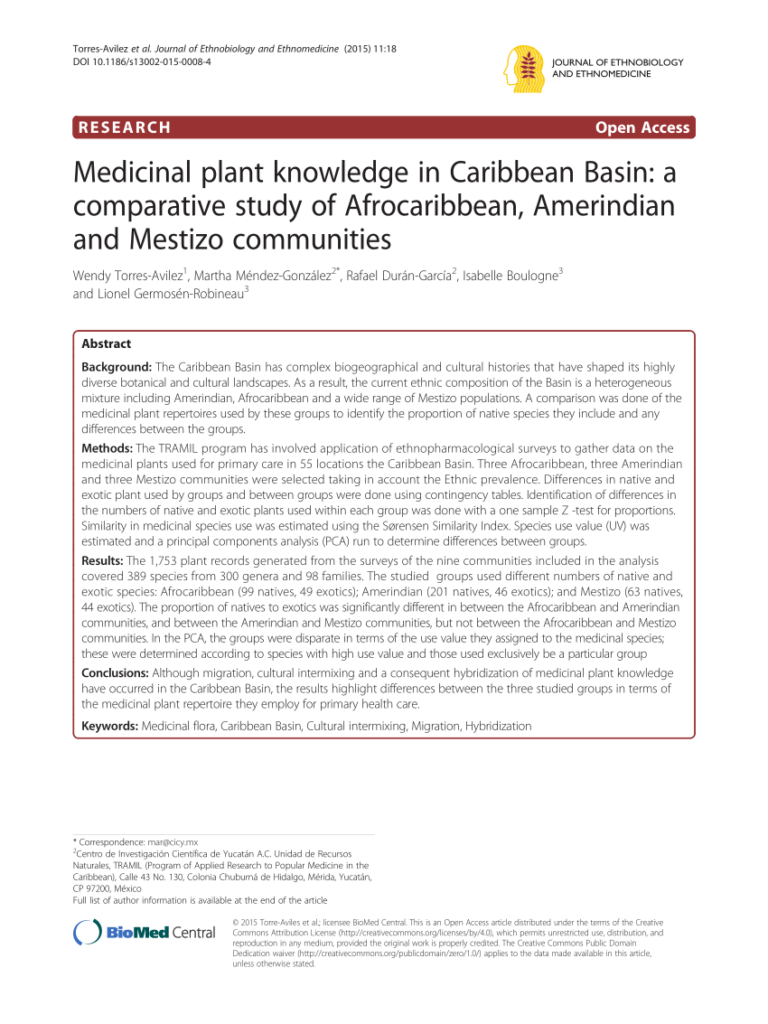
Education and Literacy
The education system in Suriname has been shaped by both Dutch and Caribbean educational practices. Suriname’s educational institutions strive to provide quality education and promote literacy among the population.
Surinamese education system
Suriname follows a primarily Dutch-based education system, which emphasizes academic excellence and a broad-based curriculum. Education is compulsory until the age of 12, and the country places a strong emphasis on literacy and numeracy skills. The education system in Suriname has been influenced by the Caribbean focus on holistic development and the inclusion of cultural and social aspects in the curriculum.
Influence of Caribbean educational practices
Caribbean educational practices, such as the emphasis on experiential learning, vocational training, and the integration of cultural heritage, have had an impact on Surinamese education. The inclusion of Caribbean literature, history, and cultural studies in the curriculum reflects the country’s commitment to preserving its Caribbean heritage and fostering a sense of cultural identity among its students.
Sports and Recreation
Sports play a significant role in Surinamese culture, with both traditional and popular sports being enjoyed by people of all ages. The influence of Caribbean sporting traditions is evident in the sports and recreational activities that are popular in Suriname.
Popular sports in Suriname
Surinamese people are avid sports enthusiasts and participate in a wide range of activities. Football (soccer) is the most popular sport in Suriname, with the Surinamese national team having a strong following. Other popular sports include basketball, cricket, volleyball, and athletics. Traditional sports, such as kabouter voetbal (dwarf football) and dammen (checkers), are also enjoyed by the local population.
Influence of Caribbean sporting traditions
The influence of Caribbean sporting traditions can be seen in the popularity of cricket and basketball in Suriname. These sports were introduced to Suriname by Caribbean immigrants and have become a significant part of the sporting landscape. The Caribbean emphasis on teamwork, enthusiasm, and passion for sports has also influenced the way Surinamese people approach and enjoy various sporting activities.
Architecture and Design
Surinamese architecture is a reflection of the country’s multicultural heritage, with influences from indigenous, Dutch, and Caribbean architectural styles. Suriname’s architecture incorporates traditional design elements while also embracing modern influences.
Traditional Surinamese architecture
Traditional Surinamese architecture is characterized by wooden structures with steep roofs and verandas. The design of these buildings is influenced by the tropical climate, with high ceilings and open spaces to allow for natural ventilation. Indigenous architectural influences can be seen in the use of natural materials and the integration of nature into the design.
Influence of Caribbean architectural styles
Caribbean architectural styles, such as the colorful wooden houses found in the Caribbean islands, have had an impact on Surinamese architecture. The use of bright colors, decorative fretwork, and ornamental details is reminiscent of Caribbean design traditions. Caribbean influences can also be seen in the design of public buildings, churches, and historical landmarks throughout Suriname.
Fashion and Clothing
Surinamese fashion trends are a fusion of different cultural influences, including those from the Caribbean. Surinamese fashion designers draw inspiration from both traditional Surinamese attire and contemporary Caribbean fashion.
Surinamese fashion trends
Suriname’s fashion scene is diverse and eclectic, with a blend of traditional and modern influences. Traditional Surinamese attire, such as the angisa (headscarf) and the koto (traditional dress), is still worn on special occasions and cultural events. Contemporary Surinamese fashion incorporates elements of Caribbean fashion, including bright colors, bold patterns, and lightweight fabrics that are suitable for the tropical climate.
Influence of Caribbean fashion influences
Caribbean fashion influences can be seen in Surinamese clothing styles, especially in the use of vibrant colors and the incorporation of Caribbean-inspired prints and patterns. Caribbean fashion events, such as Caribbean Fashion Week, have also influenced Surinamese fashion designers, who often showcase their creations at international fashion shows.
Economic Impact
The Caribbean’s economic markets and industries have had a significant impact on Suriname’s economy. The country’s trade and commerce have been influenced by its geographical location and its historical ties with the Caribbean region.
Trade and commerce in Suriname
Suriname’s economy is heavily dependent on trade, with the majority of its exports going to other Caribbean countries. The Caribbean region provides a lucrative market for Surinamese products, including gold, oil, timber, and agricultural goods. Surinamese businesses also import goods from the Caribbean, such as food products, textiles, and consumer goods.
Influence of Caribbean markets and industries
The Caribbean’s markets and industries have played a role in shaping Suriname’s economy. Suriname has benefited from the Caribbean’s tourism industry, as many tourists who visit the Caribbean region also choose to explore Suriname. Additionally, Suriname’s participation in regional organizations, such as the Caribbean Community (CARICOM), has facilitated trade and economic cooperation with other Caribbean nations.
Conclusion
In conclusion, the influence of Caribbean culture on Suriname is undeniable and has played a significant role in shaping the country’s traditions, language, religion, art, music, cuisine, festivals, social customs, etiquette, education, sports, architecture, fashion, and economy. The historical ties, geographical proximity, and shared cultural heritage have created a vibrant and unique cultural landscape in Suriname. The fusion of Suriname’s indigenous heritage with Caribbean influences has resulted in a diverse and multifaceted society that continues to embrace and celebrate its rich cultural identity. Whether it is through language, music, food, or social customs, the influence of Caribbean culture is deeply ingrained in the fabric of Suriname.
